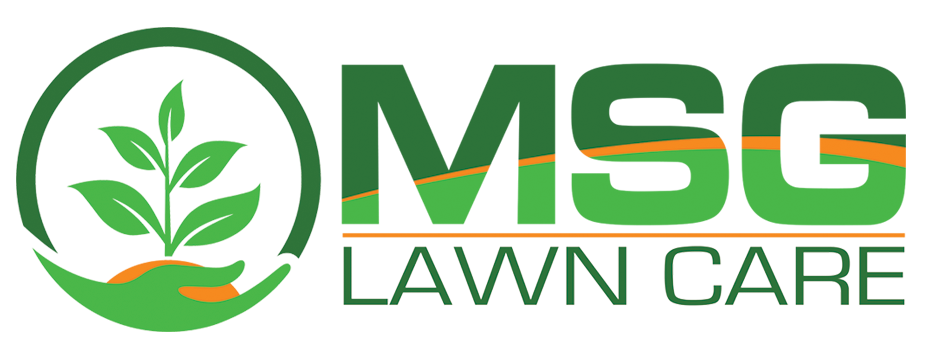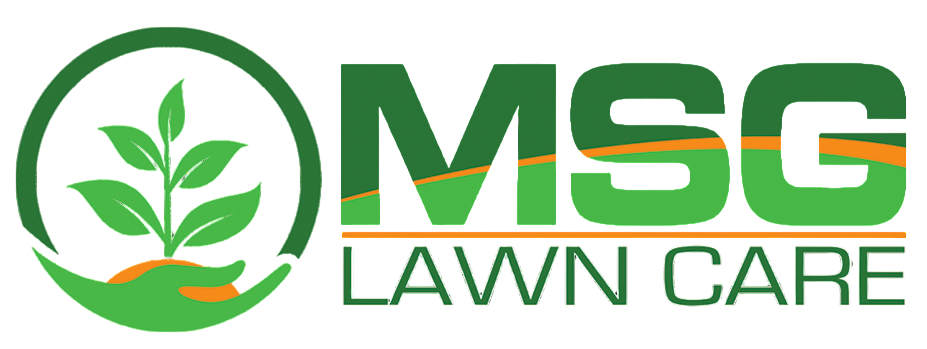Leaf drop is a common occurrence for Long Island properties with trees. Homeowners and property managers face a decision each autumn regarding their lawn and landscape areas.
Advantages of Mulching Leaves
Mulched leaves are essentially free fertilizer for your lawn. Deciduous tree leaves contain about 2% nitrogen, an essential nutrient for plants, including grass. As the leaves decompose, they provide a natural boost to your soil and lawn. Mulching can be as simple as using a mower with the deck closed to break down leaves and debris on your lawn.
Depending on the volume of leaves in your yard, you may need to mulch multiple times. Ideally, once or twice a week is sufficient for properties with large trees that constantly shed leaves. To make the task easier, choose a sunny afternoon when the leaves are dry, as they will be shredded into fine particles, especially if they have been on the ground for a few days.
Lastly, remember to disperse any remaining leaf piles after mulching. Use a leaf blower to scatter the clumps throughout your yard, as small piles of leaves can block the sunlight required by the grass during winter. Mulching leaves not only saves time on raking and bagging but also provides a natural source of nutrients for your lawn all year long.
Not All Leaves Are Created Equal
Different tree species pose varying levels of difficulty for mulching. Ash or maple leaves can be tough on mower blades. To make mulching easier, let these leaves dry out for a few days after falling from the tree. Oak leaves, on the other hand, are more manageable. However, mulching both maple and oak leaves has been shown to reduce dandelion populations in lawns with Kentucky Bluegrass. So, putting in the extra effort to mulch maple leaves is worthwhile.
Leaves Left in Your Lawn & Landscape Can Cause Problems
Having leaves scattered throughout your property can pose issues. An excessive amount of leaves can obstruct sunlight, leading to potential harm to your lawn and plants. Whenever possible, try to mulch as many leaves as you can. However, if your lawn remains overwhelmed even after multiple rounds of mulching, it may be advisable to collect and dispose of the leaves at a yard waste site.
So, Should You Remove or Mulch Leaves?
Mulching leaves provides a supplementary nitrogen boost as they decompose over time. Nevertheless, if the goal is to maintain an aesthetically pleasing lawn and reduce the risk of snow mold and other fungi developing during winter, removing the leaves would be the most effective approach.
Whether mulching or bagging, as the temperature drops in the fall, gradually lower the blade height on your mower by 0.5 inches per week until the grass is approximately 2-2.5 inches tall. This reduces the risk of fungus problems during the winter months.
Streamline Your Leaf Removal with MSG Lawn Care
If leaves have taken over your lawn and you require a quote for leaf removal, reach out to the experts at MSG Lawn Care today.



